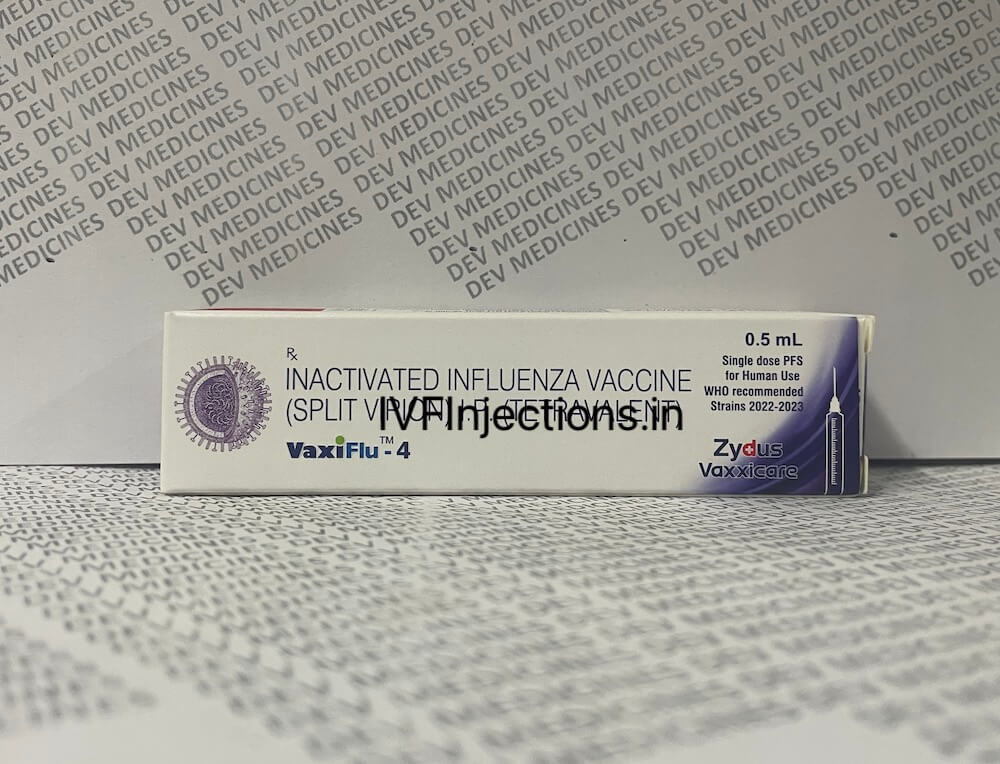Delhi NCR is living through record heat. On 12 June 2025 the “real‑feel” temperature crossed 51.9 °C and an IMD red alert was issued.
In such weather, a carton of insulin, vaccines or IVF injections can breach the 2‑8 °C window in under 20 minutes. For patients—and the pharmacies that serve them—maintaining an unbroken cold‑chain is no longer optional; it is a life‑saving obligation.
What counts as a cold‑chain medicine?
Typical products required range:
- Diabetes Insulin vials & pens 2–8 °C
- Fertility & IVF hCG, FSH, GnRH analogues, progesterone gels 2–8 °C (some up to 25 °C).
- Oncology Monoclonal antibodies, pegylated drugs 2–8 °C; some –20 °C.
- Vaccines Routine childhood, Covid‑19 boosters, HPV 2–8 °C.
- Rheumatology Adalimumab, etanercept pens 2–8 °C.
A single temperature excursion can cut potency by 30 – 70 %, or render the product unsafe altogether.
Delhi NCR’s climate challenge?
- Summer highs 42 – 45 °C and heat‑index > 50 °C
- Frequent traffic snarls that stretch a 30‑minute route into 2 hours
- Power flickers that endanger pharmacy refrigerators
- Monsoon humidity accelerates label peel‑off and carton softening.
Without insulated packaging and data loggers, a bike or van trip can destroy an entire consignment before it reaches Gurugram, Noida or Faridabad.
Regulatory duty: GDP & CDSCO
India’s 2022 Good Distribution Practice (GDP) guideline demands validated temperature control “from dispatch to patient hand‑off,” including documentation and real‑time alarms
CDSCO and state FDAs now ask for:
- Qualified insulated shippers or active cooling boxes
- Calibrated data loggers retained for audit
- Route risk assessment every 6 months
- Corrective action records when a shipment breaches limits
Violations can lead to product recall, licence suspension and other legal liability.
Why unbroken cold‑chain matters
For patients
- Loss of drug potency → therapy failure (e.g., insulin not lowering glucose, IVF injections wasting a cycle)
- Adverse reactions if degraded components form.
For pharmacies / e‑commerce sellers
- Chargebacks and brand damage
- Regulatory penalties
- Wasted inventory in a thin‑margin market
For manufacturers
- Loss of trust
- Costly batch investigations and global alerts.
Choosing a cold‑chain partner in NCR
- GDP certificate & CDSCO licence: non‑negotiable.
- Route validation data: ask for Gurgaon‑Dwarka, Noida‑Ghaziabad heat‑wave test curves.
- 24×7 control tower with phone escalation, not just app.
- Insurance cover: Does it reimburse product value if the logger shows 9 °C for 30 min?
- Green credentials: reusable gel‑brick programs cut plastic by 40 %.
Future tech to watch
- IoT smart boxes with Peltier cooling maintain 2‑8 °C for 12 h on a single battery.
- AI route planners using IMD live heat‑index and traffic feeds.
- Blockchain e‑pedigree to log every hand‑off and temp reading is immutable, useful for exporting lots.
Key takeaways
- Delhi NCR’s extreme heat makes cold‑chain far more than a logistics checkbox.
- GDP and CDSCO rules mandate end‑to‑end documented control.
- Real‑time monitoring, validated packaging and trained riders are the difference between safe medicine and inert powder.
- Pharmacies, hospitals and e‑commerce sellers that invest in robust cold‑chain win patient trust and avoid costly recalls.
Bottom line: In 2025’s scorching NCR summers, cold‑chain isn’t just about keeping a box cool, it’s about keeping lives on track.
